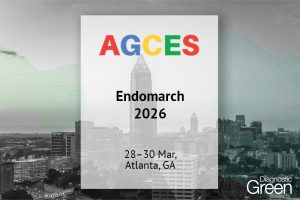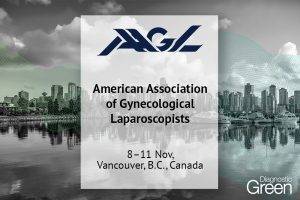Objectives: To investigate the characteristics of the vascular pedicle of the nasoseptal flap (NSF) and its perfusion patterns using intraoperative indocyanine green (ICG) angiography during endoscopic skull base surgery (ESBS), and examine the correlation between ICG perfusion patterns and clinical outcomes, including postoperative cerebrospinal fluid (CSF) leak and flap necrosis.
Methods: This study enrolled patients undergoing ESBS between January 2017 and December 2021. Intraoperative ICG angiography was performed to visualize the arterial supply of the nasal septum and evaluate NSF perfusion. Postoperative CT scans and clinical follow-ups were conducted to assess flap outcomes.
Results: A total of 126 patients were included in the study. The posterior septal artery (PSA) was most commonly identified in the middle third of the sphenoidal rostrum (63.5% right, 60.3% left). Three branching patterns were observed: single-branch (58.7% right, 64.3% left), double-branch (12.7% right, 11.1% left), and reticular-branch (26.6% right, 24.6% left). Among 72 patients who underwent NSF placement, ICG angiography showed full enhancement in 37 patients (51.4%), partial enhancement in 27 patients (37.5%), and no enhancement in eight patients (11.1%). Postoperative CSF leak occurred in eight patients (11.1%), with no significant correlation to ICG enhancement patterns (p = 0.07). Flap necrosis occurred in five patients (6.9%), all of whom had shown no ICG enhancement beyond the pedicle (p < 0.01).
Conclusions: ICG angiography is a valuable tool for visualizing the vascular supply of NSF during ESBS. While it does not correlate with postoperative CSF leak, ICG enhancement pattern showed a significant association with flap necrosis. This technique may contribute to improved surgical outcomes and reduced complications in NSF reconstructions.




